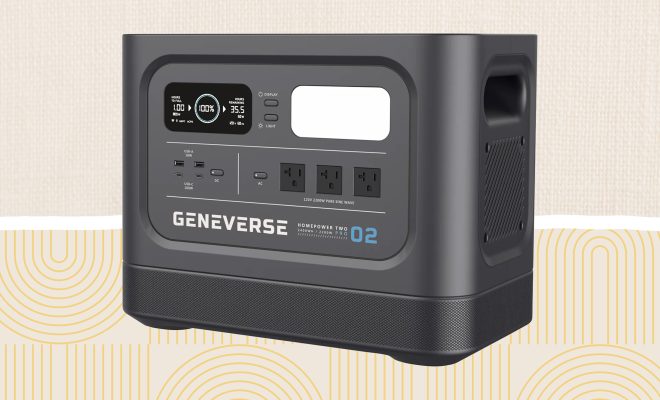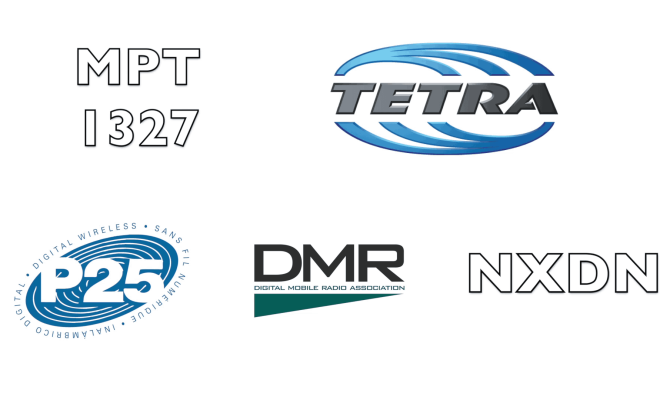Dolby Atmos: Everything you need to know about the spatial audio format

In recent years, the world of audio technology has experienced a significant leap with the advent of Dolby Atmos. This immersive audio format has quickly become the standard for creating lifelike sound experiences in movies, games, and music. In this article, we will take an in-depth look at Dolby Atmos, its key features, the technology behind it, and how you can bring the magic of Dolby Atmos into your home.
What is Dolby Atmos?
Dolby Atmos is an innovative audio format that uses object-based spatial audio technology to create realistic and immersive soundscapes. This means that sounds are not just assigned to traditional channels like left and right but can be placed anywhere in a 3D space. By adding height channels and overhead speakers or upfiring speakers that bounce sound off the ceiling, Dolby Atmos creates a completely enveloping auditory experience.
Key Features of Dolby Atmos
1. Object-based spatial audio: Unlike traditional channel-based audio formats, Dolby Atmos treats each sound as an individual object. This allows for precise placement of sounds, providing greater depth and realism to the overall sound experience.
2. Height channels: To give a sense of verticality in the spatial audio mix, Dolby Atmos uses height channels. These additional speaker positions allow for a multidimensional listening experience by delivering sound from above.
3. Scalability: One major advantage of Dolby Atmos is it can be adapted to various setups – from simple home entertainment systems to large-scale cinemas – without losing any audio quality.
4. Compatibility: Even if you don’t have a full-fledged Dolby Atmos system, most devices can still process an Atmos mix through their own Downmix technology. This ensures that you can enjoy an optimized version of the content on your device.
How Does Dolby Atmos Work?
At its core, Dolby Atmos relies on an advanced metadata-based system to transmit sound information. When mixing audio for Dolby Atmos, sound engineers map each individual sound to a location in a 3D space. This metadata carries information about each audio object’s position, size, and movement, which is then used by the Dolby Atmos processor to play back the audio accurately on the intended setup.
Bringing Dolby Atmos Home
To enjoy a Dolby Atmos experience at home, you’ll need the following:
1. A Dolby Atmos-enabled receiver or soundbar: You’ll need a compatible AV receiver that can decode Dolby Atmos encoded content and process the spatial audio.
2. Appropriate speakers: Traditional 5.1 and 7.1 systems can be upgraded by incorporating height speakers or upfiring speakers specifically designed for Dolby Atmos setups.
3. Content: To truly experience Dolby Atmos, you’ll need content mixed and encoded with this audio format. Several streaming services like Netflix, Disney+, and Amazon Prime Video now have titles available in Dolby Atmos format.
4. Playback device: Lastly, ensure that your playback device – whether it’s a game console, Blu-ray player or streaming device – can support the passthrough of Dolby Atmos audio.
In conclusion, Dolby Atmos has revolutionized the world of audio by offering an immersive and realistic listening experience previously unheard of in home entertainment systems. With its growing availability in content and hardware compatibility, now is the perfect time to explore this cutting-edge technology and bring the magic of spatial audio into your own living room.






